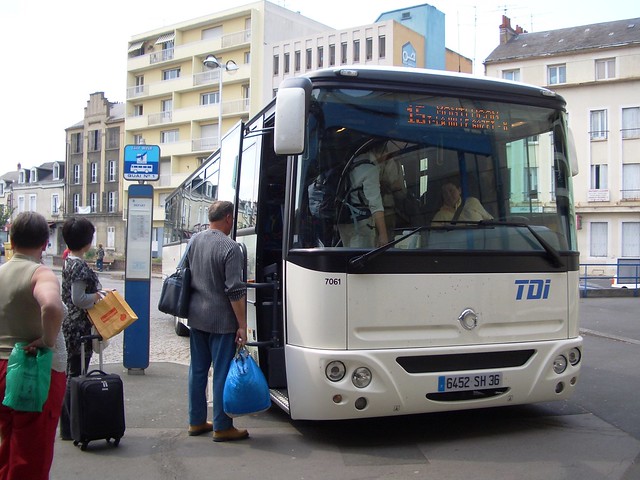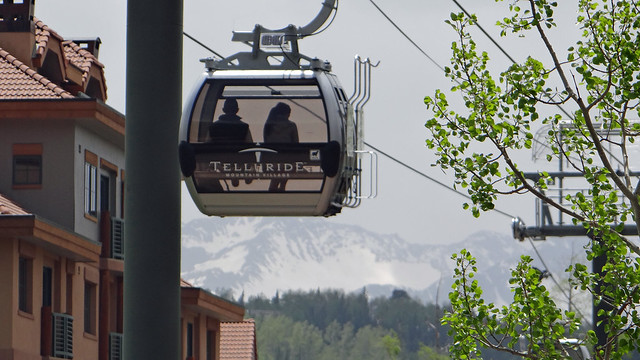The Atlantic Cities recently published an excellent article which documents the success of free transit in the French city of Châteauroux. Since it was first implemented in 2001, this demonitized public transport system has experienced significant growth in ridership — from an average of 21 rides per person annually to 61 rides today.
More incredibly, this system actually became profitable for several years once it became free! And in the world of transit planning and policy, this fact alone is almost inconceivable.
So while this model is promising and many cities are following suit, it seems that the Châteauroux situation was unique in many ways. For instance, the municipality’s pre-free transit farebox recovery ratio was very low (14%) and nearly half its riders at that time were already fully subsidized. On top of that, the city expanded its network coverage by 42km, thus increasing its overall catchment area.
Given those statistics and facts, it may be difficult to replicate this model elsewhere, particularly in North America. A quick google search found that in Canada, none of the transit systems surveyed had farebox recovery ratios of less than 22%. And even in the US, where transit systems are often criticized for their large subsidies, most recover between 20-40% of their fares from tickets.
To further complicate matters, research in North America seems to suggest that many free transit systems tend to fail in the long run as they experience major challenges related to vandalism and hooliganism.
So does this automatically mean that this model is destined to fail in Canada and US?
Not quite. There have been several successful cases in the US such as Commerce, California and Island County, Washington — both of whom have operated relatively trouble-free for over 20 years.
But while those two instances are noteworthy, one of the most remarkable and least known free transit systems in the world is actually a gondola.
The Telluride/Mountain Village Gondola has been little-studied but has carried over 26 million passengers since it first opened in 1996.
Similar to the case in Châteauroux, the Telluride/Mountain Village Gondola model may not be applicable in all circumstances. However, given the success seen in Telluride and a growing movement/interest towards establishing zero-fare public transport systems, understanding how to implement and capitalize on CPT technology in free transit networks definitely deserve more attention and analysis.



3 Comments
true, but isn’t the portland tramway almost just used by people going to those school/university buildings on top of the hill? incomparable i’d say.
Yes and no. OHSU is Oregon’s largest employer so that’s a significant generator of traffic. But perhaps more importantly at 2.25 million annual passengers, this system could be one of the top CPT systems in terms of ridership.
But the key is that the price for other riders offsets a significant amount of the costs. Basically tourists are subsidizing the locals. This is exactly the kind of arrangement that should be applied in London.